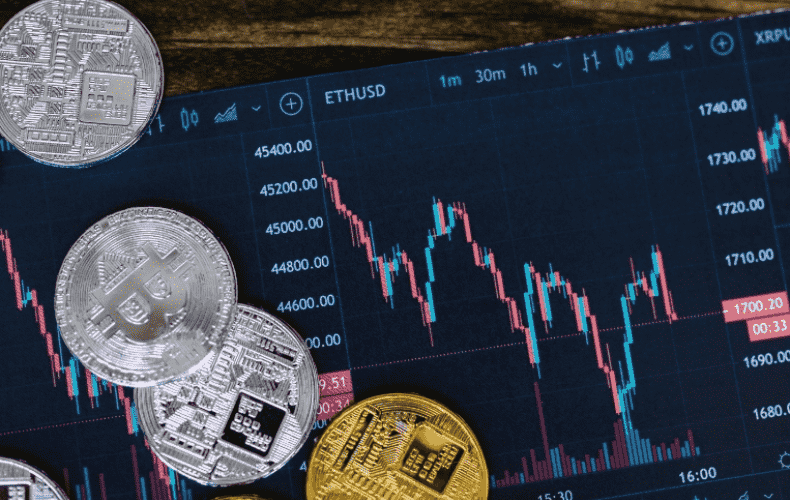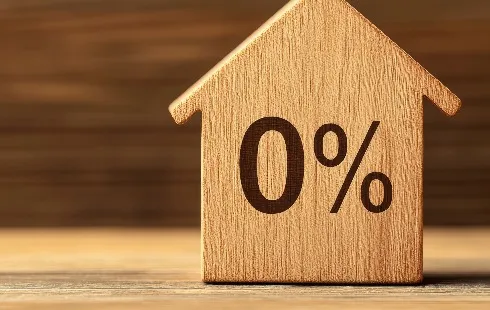
Crypto Investment Entry and Exit Strategies of Institutional Investors
Section: Business
For a long time, the German government booked profits on debt thanks to negative interest rates - investors had to pay on top when they lent it money. Now the government has to pay some money again, at least for ten-year federal bonds. But from the point of view of economists, the cracked "zero mark" has more of a symbolic value. For fear of soon interest rate hikes by major central banks, government bonds fly out of the depots.
On Wednesday, the interest rate for ten-year federal bonds was slightly positive again for the first time in almost three years. The yield rose in the morning to about 0.02 percent.It is the first time since May 2019 that ten-year federal bonds have yielded a positive return. The securities are considered trend-setting in the markets.
Rising inflation is thus making itself increasingly felt on the capital markets. For investors, however, the rise in interest rates is no more than a small glimmer of hope. After all, if you subtract the high inflation of more than five percent in Germany, the securities are losing money in real terms, i.e. below the line.
Rising capital market rates rather bad for the federal government
For borrowers and builders alike, the consequences tend to be negative, as capital market rates influence the cost of building loans. If federal yields rise, mortgage rates usually increase as well - albeit from their current very low level.
For the German government, rising capital market rates tend to mean bad news. This is because the federal government finances part of its spending through new debt.
Rising interest rates mean a higher interest burden for it as well as for private debtors. However, extremely low and in some cases negative interest rates have relieved the burden on government coffers considerably for years.The impact of interest rates slightly above zero on the federal budget is also likely to be limited and not too great a burden. Here, too, financing costs remain favorable after deducting inflation.
The starting point for the rise in interest rates on the capital markets is the USA. There, the Federal Reserve is expected to take significant countermeasures in view of the high inflation of currently seven percent.The markets expect the Fed to raise interest rates up to four times this year. Due to the high importance of the U.S. financial markets, interest rates will continue to rise in many other economies.
Experts expect capital market interest rates to remain low
In the euro zone, however, the European Central Bank (ECB) is not yet expected to raise interest rates this year.Due to the wait-and-see attitude of the ECB, experts do not expect a sharp rise in capital market interest rates in Germany. As long as the monetary guardians stick to their basic stance, Bund yields are likely to follow their U.S. counterparts only at a slower pace, expects bond expert Elmar Völker of Landesbank Baden-Württemberg.
In the USA, the interest rate on ten-year government bonds is already around 1.9 percent due to the tighter stance adopted by the Fed.
Image by Gerd Altmann

Section: Business

Section: Arts

Section: Arts

Section: Business

Section: Business

Section: Arts

Section: Health

Section: Arts

Section: News

Section: News
Health Insurance in Germany is compulsory and sometimes complicated, not to mention expensive. As an expat, you are required to navigate this landscape within weeks of arriving, so check our FAQ on PKV. For our guide on resources and access to agents who can give you a competitive quote, try our PKV Cost comparison tool.
Germany is famous for its medical expertise and extensive number of hospitals and clinics. See this comprehensive directory of hospitals and clinics across the country, complete with links to their websites, addresses, contact info, and specializations/services.
One of the most beautiful squares transforms into a summer stage every year for two days. The Gärtnerplatz Open-Air features a free music and cultural program across three stages, as well as street food from local vendors. On Saturday, the main stage at Gärtnerplatz offers something for everyone,...



No comments yet. Be the first to comment!